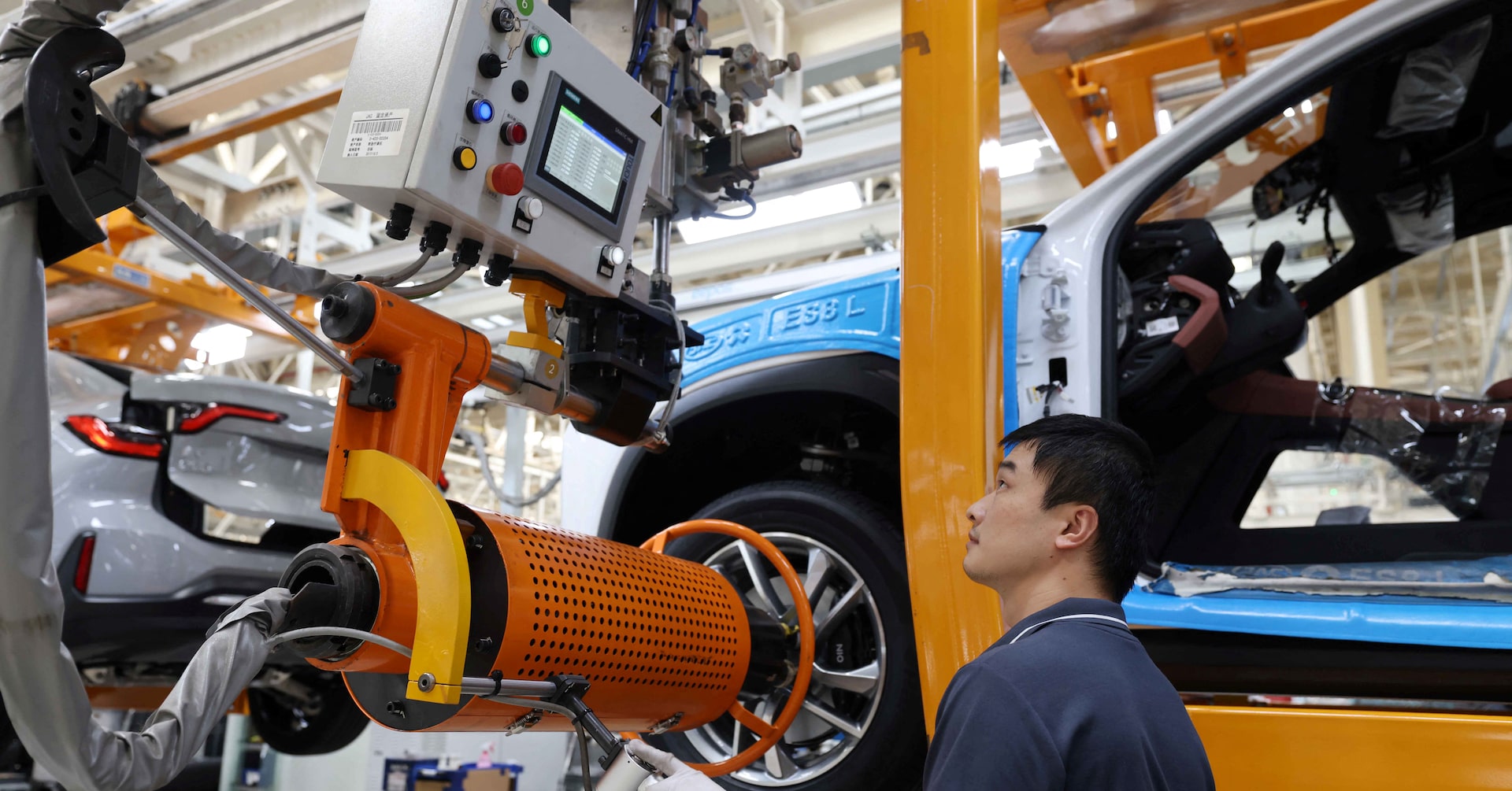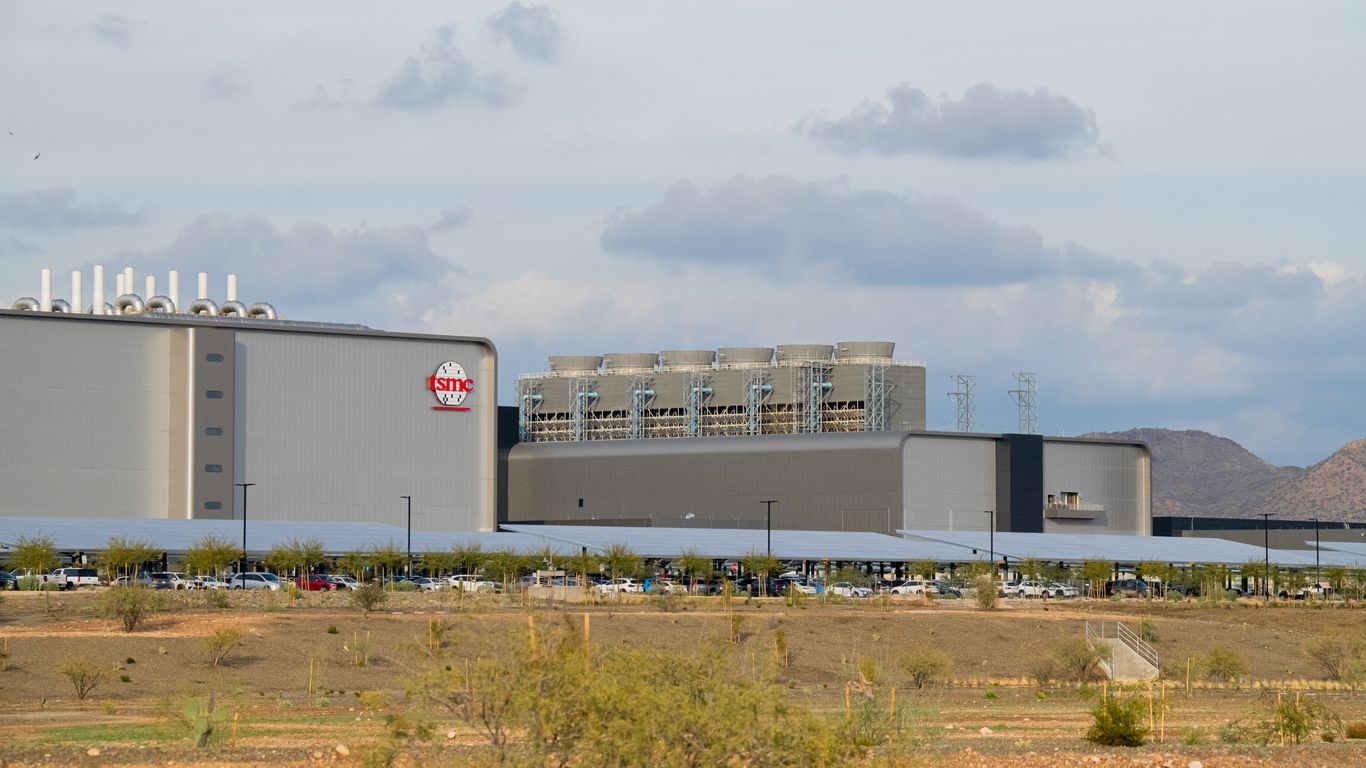New York Manufacturing Takes a Steep Dive: Sharpest Contraction Since 2021
Manufacturing
2025-03-17 12:35:45Content

Empire State Manufacturing Index Plummets, Signaling Economic Challenges
The New York Empire State Manufacturing Index experienced a dramatic downturn in March 2025, dropping a substantial twenty-six points to reach -20.0. This significant decline marks the lowest reading since May 2023 and falls well short of market analysts' more optimistic projections of -0.75.
The report reveals a challenging landscape for manufacturers, with both new orders and shipments showing notable declines. Despite the overall negative sentiment, some stability emerged in other areas of the manufacturing sector. Delivery times and supply chain availability remained consistent, while inventory levels continued their gradual expansion.
The steep drop in the manufacturing index suggests potential headwinds for the regional economic outlook, raising questions about broader industrial performance and economic momentum. Investors and economists will likely be closely monitoring future indicators to assess the depth and potential duration of this manufacturing slowdown.
Manufacturing Sector Trembles: Empire State Index Signals Economic Turbulence Ahead
In the intricate landscape of economic indicators, the New York Empire State Manufacturing Index has emerged as a critical barometer, revealing profound challenges facing the industrial sector. This latest data point not only captures the current economic climate but also hints at broader systemic pressures threatening manufacturing resilience and economic stability.Economic Indicators Reveal Unprecedented Manufacturing Challenges
Decoding the Dramatic Decline
The precipitous twenty-six-point plunge in the Empire State Manufacturing Index represents more than a statistical anomaly. This substantial downturn, plummeting to -20.0 in March 2025, signals a potentially seismic shift in industrial production dynamics. Economists and industry analysts are now scrutinizing this dramatic decline, searching for underlying patterns and potential systemic vulnerabilities that might explain such a significant contraction. Contextualizing this drop requires understanding the complex interplay of global supply chains, technological disruptions, and macroeconomic pressures. The index's descent below market expectations of -0.75 suggests a more profound economic malaise than initially anticipated, potentially indicating structural challenges within the manufacturing ecosystem.Supply Chain and Production Dynamics
The nuanced data reveals intricate shifts in production infrastructure. New orders and shipments experienced notable declines, reflecting potential demand uncertainties and operational constraints. Simultaneously, delivery times and supply availability demonstrated remarkable stability, suggesting resilient logistical frameworks despite broader economic turbulence. Inventory management emerges as another critical focal point. Continued inventory growth amidst declining production orders presents a paradoxical scenario, potentially indicating strategic stockpiling or anticipatory business planning in response to perceived market uncertainties.Labor Market Implications
Employment metrics within the manufacturing sector warrant close examination. The index's data suggests potential workforce transformations, with employment levels and working hours experiencing subtle yet significant modifications. These shifts might reflect broader technological integration, automation trends, and strategic workforce restructuring. The manufacturing landscape is increasingly characterized by technological disruption, with artificial intelligence, robotics, and advanced manufacturing techniques reshaping traditional employment paradigms. The Empire State Index provides a microscopic view of these macroeconomic transitions, offering insights into the evolving relationship between human labor and technological innovation.Economic Forecasting and Strategic Implications
Beyond immediate numerical representations, this index serves as a critical predictive tool for economic strategists, policymakers, and business leaders. The dramatic decline suggests potential recessionary pressures, necessitating proactive economic interventions and strategic realignments. Businesses must now navigate an increasingly complex economic terrain, balancing operational efficiency with adaptive strategies. The manufacturing sector stands at a critical juncture, requiring innovative approaches to sustain competitiveness and resilience in an ever-changing global economic landscape.Technological and Innovative Responses
Confronting these challenges demands a multifaceted approach. Manufacturers must embrace digital transformation, leverage advanced analytics, and develop agile operational frameworks. The ability to rapidly adapt to changing market conditions will distinguish successful enterprises from those struggling to maintain relevance. Investments in research and development, workforce training, and technological infrastructure become paramount. The current economic indicators underscore the necessity of continuous innovation and strategic foresight in maintaining manufacturing competitiveness.RELATED NEWS

Deadly Factory Blast: Hornady Manufacturing Confronts Tragic Lawsuit After Catastrophic Explosion







